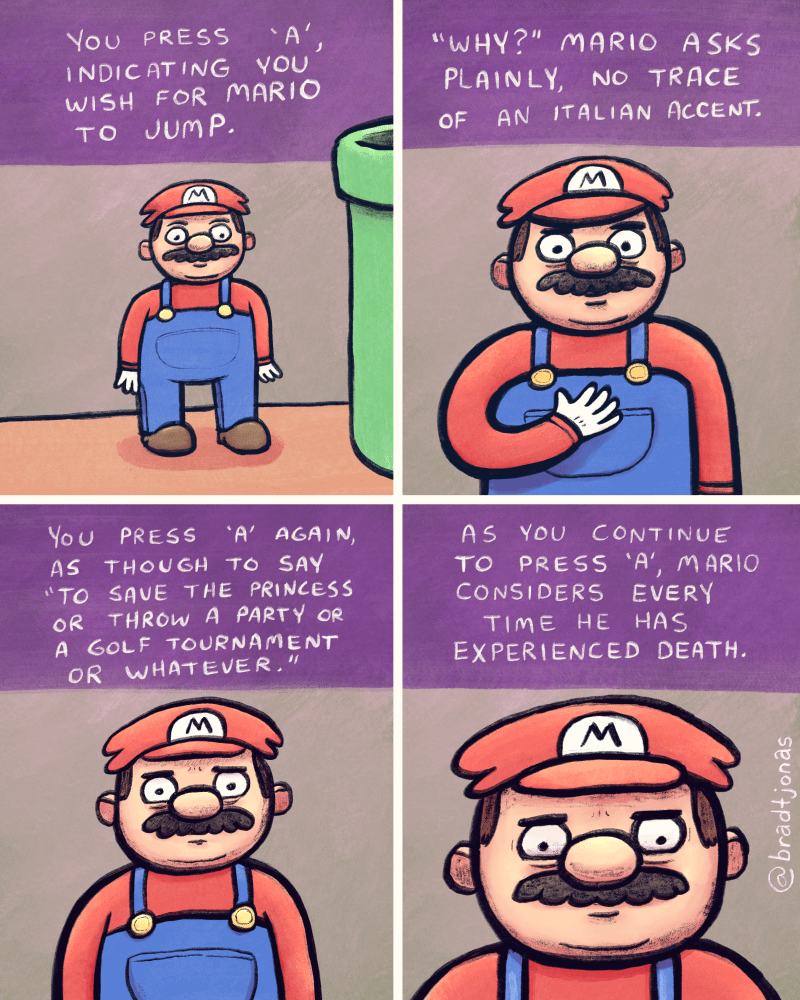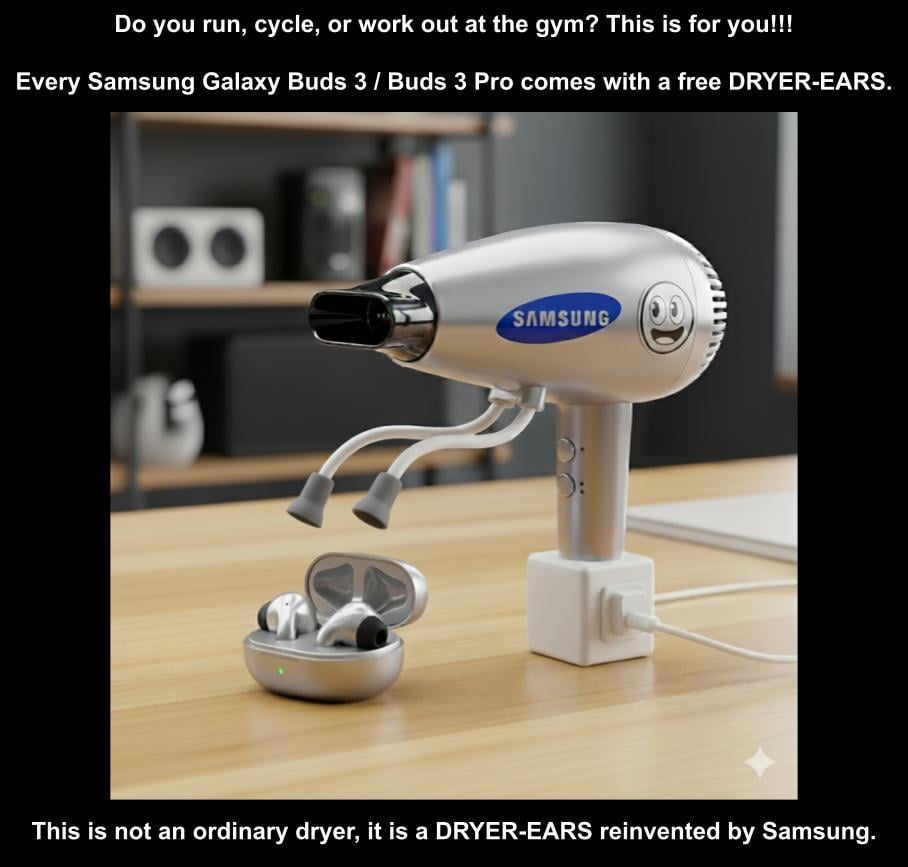Tony Gilroy: “We spent six years making a show about the fascist takeover of a galaxy far, far away. We didn’t think we were making a documentary”. (UK press coverage of No Kings Day)
Tony Gilroy: “We spent six years making a show about the fascist takeover of a galaxy far, far away. We didn’t think we were making a documentary”. (UK press coverage of No Kings Day)









